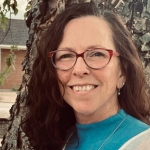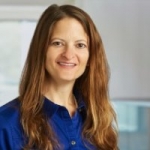All Posts

The traditional methods of making credit decisions relied mostly on human judgment; those have been replaced by methods that use statistical models. Today, statistical models are used not only for deciding whether to accept an applicant (application scoring), but also to predict the likelihood of defaults among customers who have
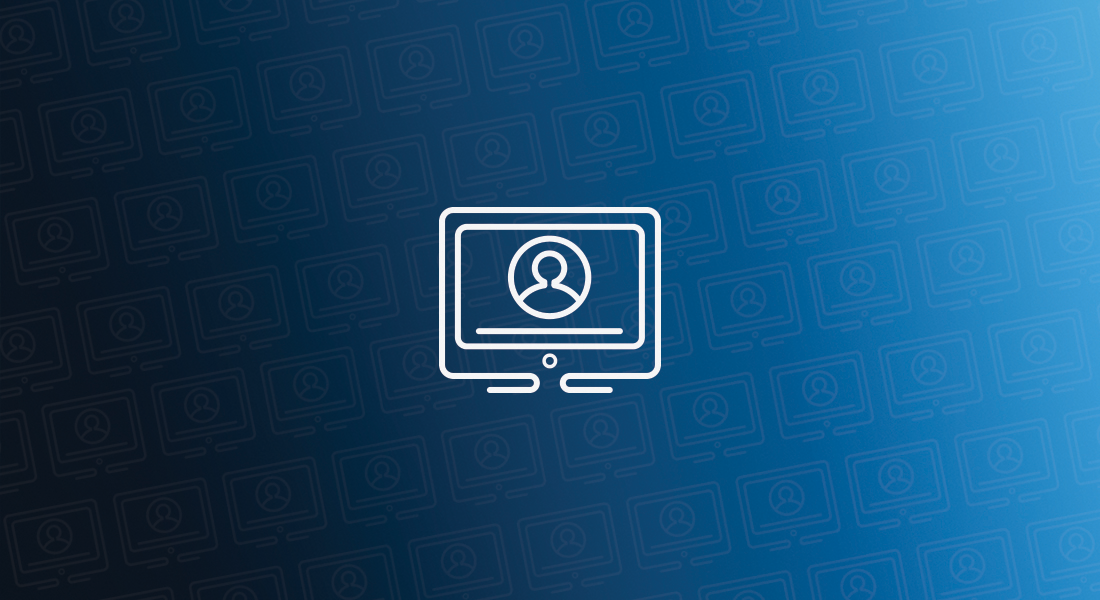
My team and I are often called on to help customers optimize SAS system performance, particularly when the root cause of performance problems is hard to track down. This is the first of a two-part article on practices and tools we’ve found most useful.

Super Bowl XLVII is almost here! Whether you’re a Ravens or a 49ers fan or just watching the game for the commercials, Super Bowl snacks always seem to take center field and are the true MVPs. According to an article from Huffington Post, Americans will eat nearly 11 million pounds
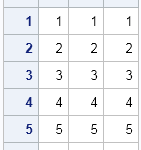
I like to be efficient in my SAS/IML programs, but sometimes I get into bad habits. Recently I realized that I was reshaping a bunch of SAS/IML row vectors because I wanted to write them to a SAS data set. This is completely unnecessary! The SAS/IML language will create a
A commonly requested graph is a bar chart with response and targets. With SAS 9.3, the SGPLOT procedure supports new "parametric" plot statements called HBARPARM and VBARPARM. These statements are special versions of the HBAR and VBAR statements and they expect summarized data for each category or category+group combination. Also,
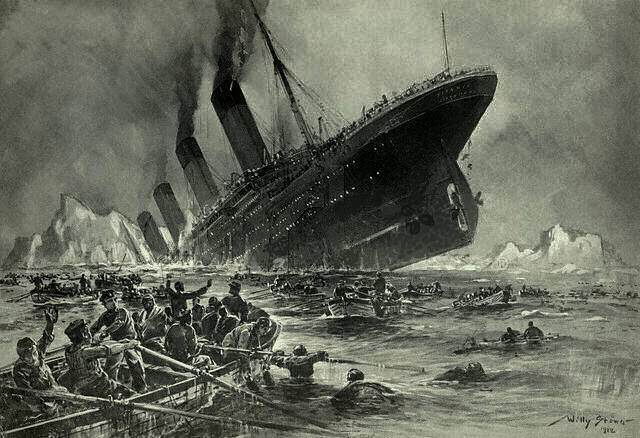
It was a moonless night in April 1912 when the pinnacle of ocean travel technology and luxury, the RMS Titanic, collided with an iceberg in the North Atlantic, resulting in the deaths of more than 1,500 passengers and crew. A primary cause of the tragedy was that the captain and
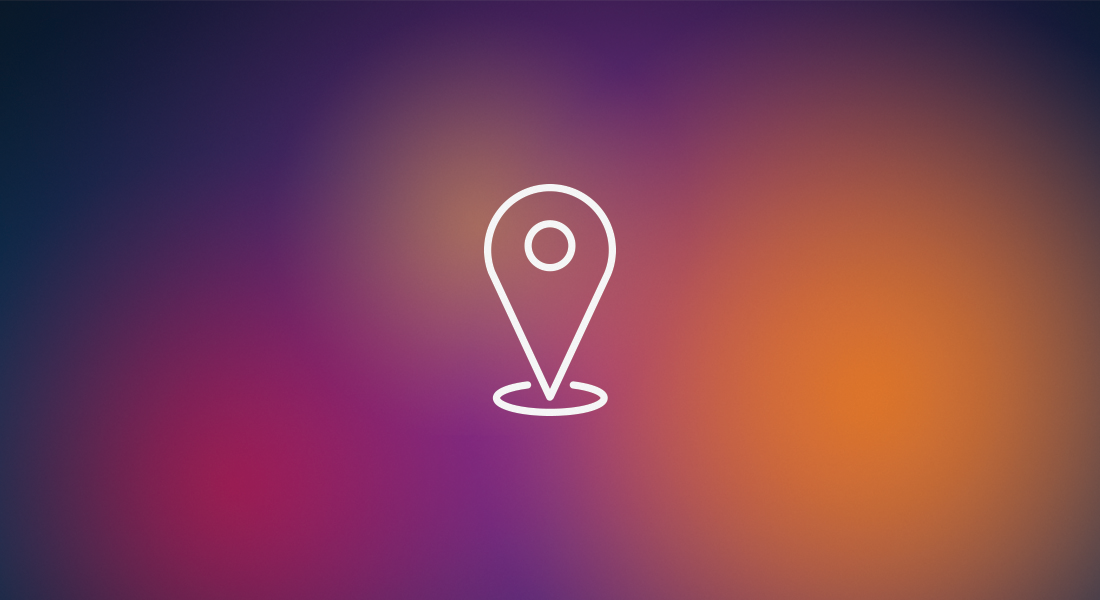
Yea! My paper was accepted at the SAS Global Forum 2013. There’s nothing better than getting an email from your section chair saying your paper has been accepted. Steve Overton was correct in his The Wait is Killing Me post. Angela Hall and I were invited to conduct a Hands

SAS Technical Support has a wonderful how-to guide for using one set of prompt values across multiple sections of a Web Report Studio report. This works great in 4.2, however there is one additional item that I discovered in a 4.3/9.3 install. With the addition of PROC STP and SAS

A SAS/IML user on a discussion forum was trying to read data into a SAS/IML matrix, but the data was so large that it would not fit into memory. (Recall that SAS/IML matrices are kept in RAM.) After a few questions, it turned out that the user was trying to

Big data seemed like all of the other marketing hype that we hear. But as the months have gone by, it seems clear that everyone is dealing with big data. You know, data coming in so fast that you can't adequately analyze it (at least not as efficiently and quickly
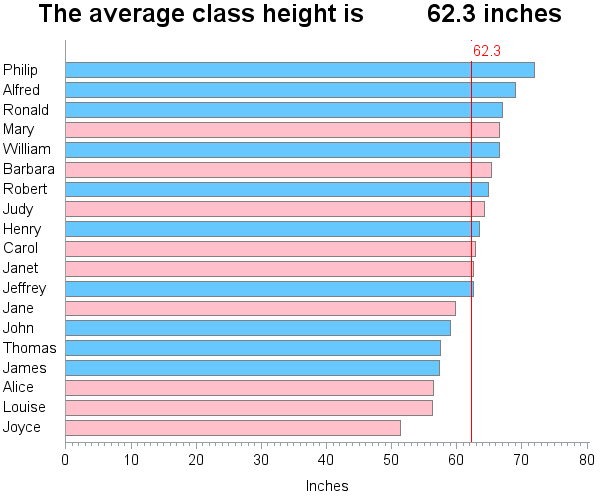
SAS macro variables are a great way to store a calculated value, so you can use it later in your code. They are not just limited to the data step -- you can also use macro variables in title statements, axis statements, etc. By default, the macro variable will be padded with

Happy belated New Year! For what it’s worth, no, I am not calling you a “dummy” or writing this just for Chris Hemedinger– just wanted to get your attention. This blog is actually an introduction to a series that I am kicking off this year entitled: "It's all about the data…"

A while ago I saw a blog post on how to simulate Bernoulli outcomes when the probability of generating a 1 (success) varies from observation to observation. I've done this often in SAS, both in the DATA step and in the SAS/IML language. For example, when simulating data that satisfied
Often we have the need to see the data by two different classifiers at the same time, as requested by a recent query on the SAS Communities page. In this example I have simulated a response over time for patients by study and treatment. We want to create series plots
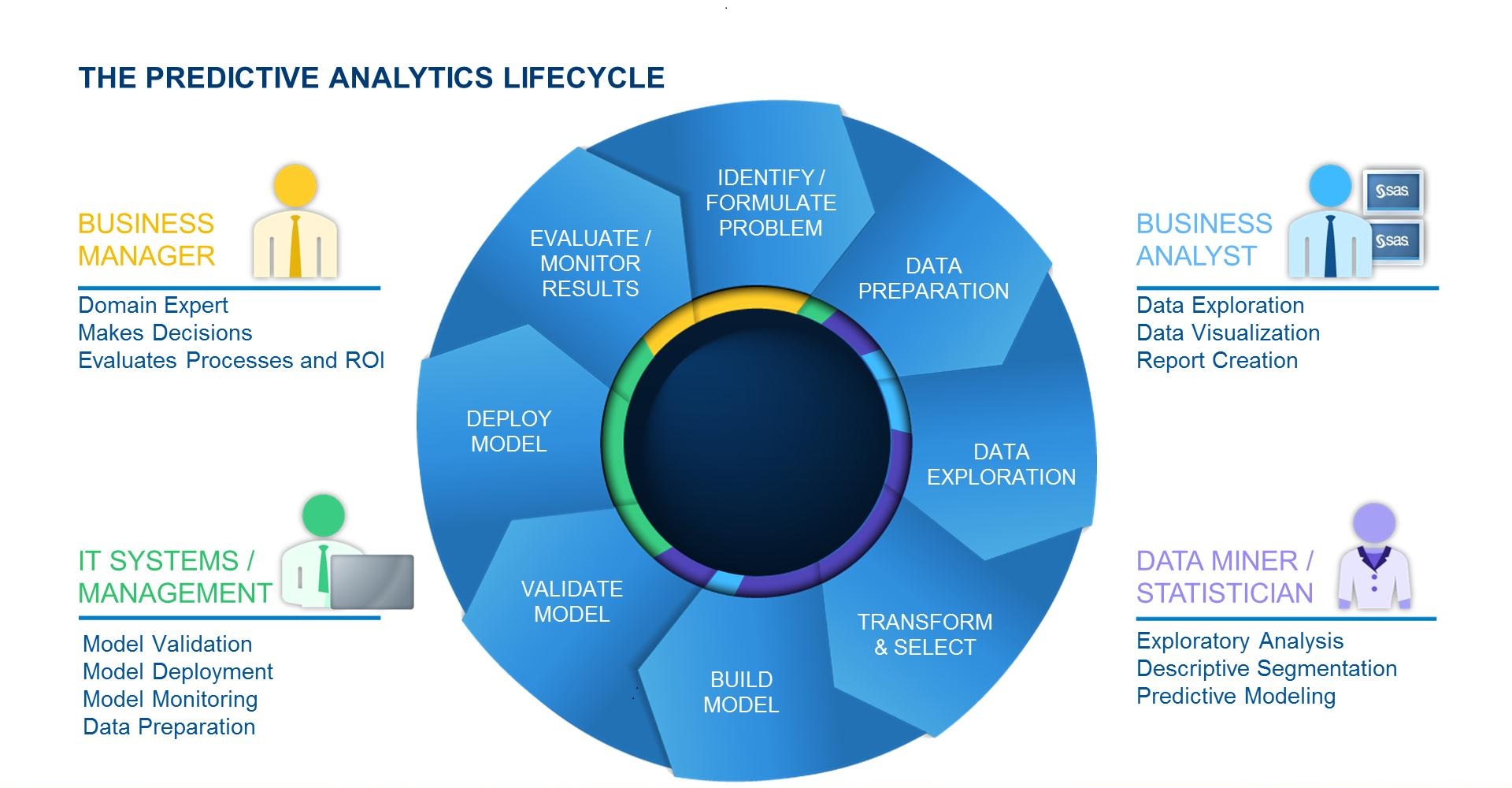
The increasing use of predictive analytics in mission-critical business decisions and operations brings new challenges to the forefront for many of our customers. Throughout the last year I spoke to many customers about their use of predictive analytics and where they see areas of improvement to achieve even more success
